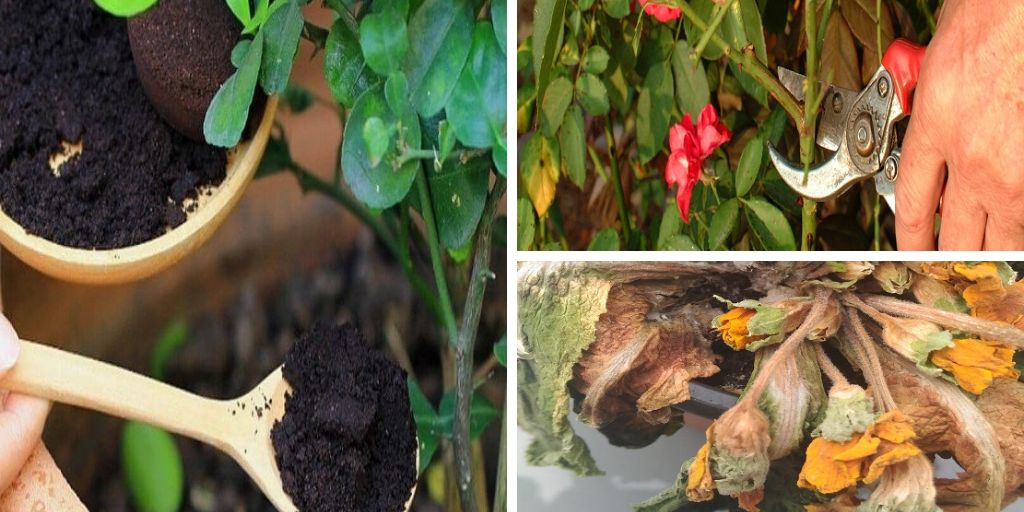If your favorite flowering plant isn’t blooming like it used to, there could be a number of causes for this. What to Do If Your Plants Are Not Blooming?
Let’s take a closer look!
1. Not enough sunlight
The absence of sunlight is the most common cause of flowering plant failure. As a general rule of thumb, most blooming plants necessitate at least six hours of direct sunlight each day to thrive and bloom at their peak.
To determine if your plant is getting enough sunshine, look at its specific growth requirements.
2. Select the Ideal Location

Even though some flowering plants may be content to spend all day in the sun, others may require just the appropriate amount of sunlight and then some shade for the rest. Plants like Impatiens, Azaleas, Rhododendrons, and Hydrangeas thrive in partial sunlight, but they don’t like the bright glare of midday sun.
On the other hand, flowering succulents, roses, and bougainvilleas will be very happy to be in the afternoon sun.
3. Period of Maturity
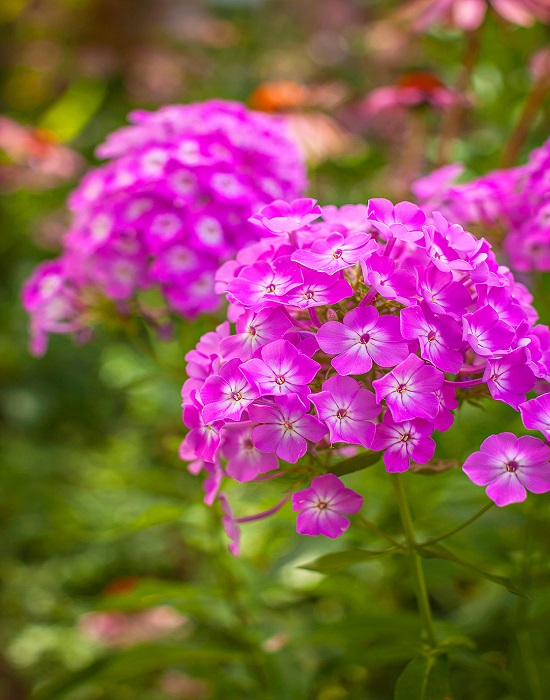
Every plant has a unique growth period. Some bloom soon, some don’t:
- Annuals bloom once during their growing season, usually in spring, summer, or fall, however some bloom in winter.
- Biennials bloom best in year two.
- First-year hollyhocks won’t bloom extensively.
- If you like recurring blossoms, go for perennials.
4. Overuse of Fertilizers
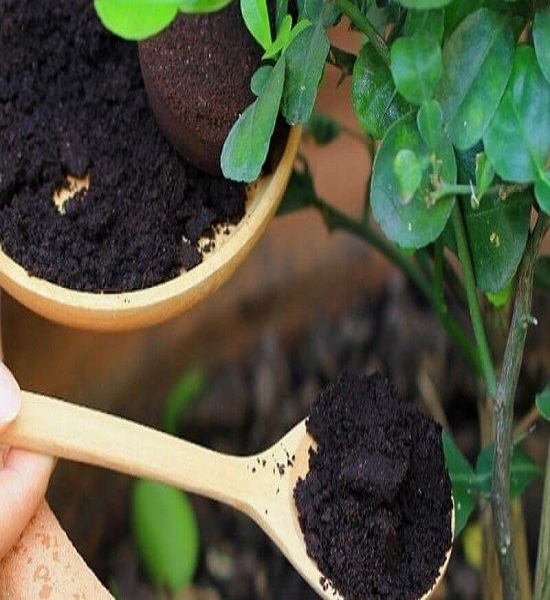
Many people believe that overfertilizing their plants would result in rapid and abundant flowering. This is false. If you use too much, you could be doing the exact opposite and killing the plant as well as preventing it from blossoming.
Before making any changes to your plant’s care, be sure that the soil and fertilization are adequate to support its growth.
Tip: If you want vibrant blooms, stay away from using high-nitrogen fertilizer. It will promote lush foliage.
5. Not enough fertilizer
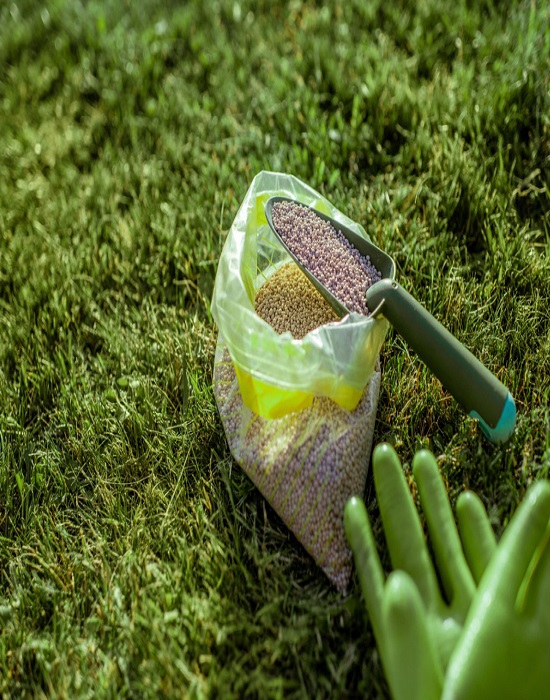
Using a phosphorus-rich fertilizer will aid in flowering by promoting energy transfer for root development and flowering. It also helps with photosynthesis and regulates several metabolic processes, all of which help plants generate more blooms.
Note: If you detect a lack of general growth, a balanced liquid fertilizer like 20-20-20 would be the ideal choice for your plants.
6. Check Your Plant’s Health!
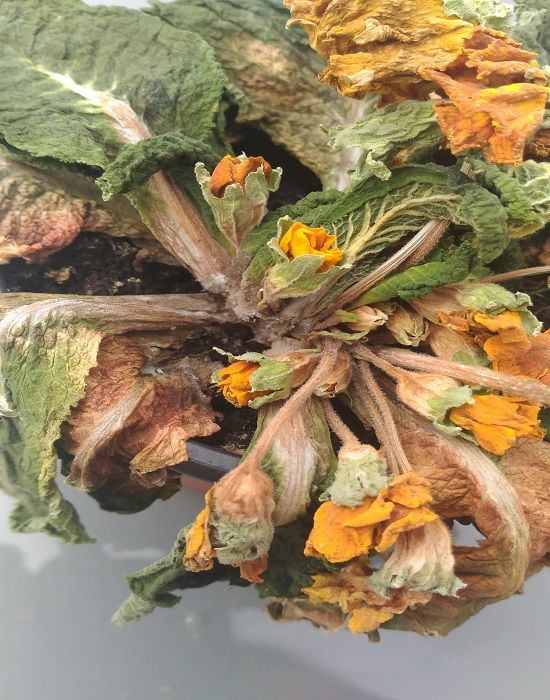
Your plants may not be blossoming because of pests and illnesses. From time to time, keep an eye out for telltale symptoms like drooping leaves, leaf blotches, and pests on the undersides and buds.
Get rid of the problem as quickly as possible by using insecticide soaps or neem oil solution to treat the plant. Wait for the plant to blossom after it has recovered from its illness.
7. Improper Pruning
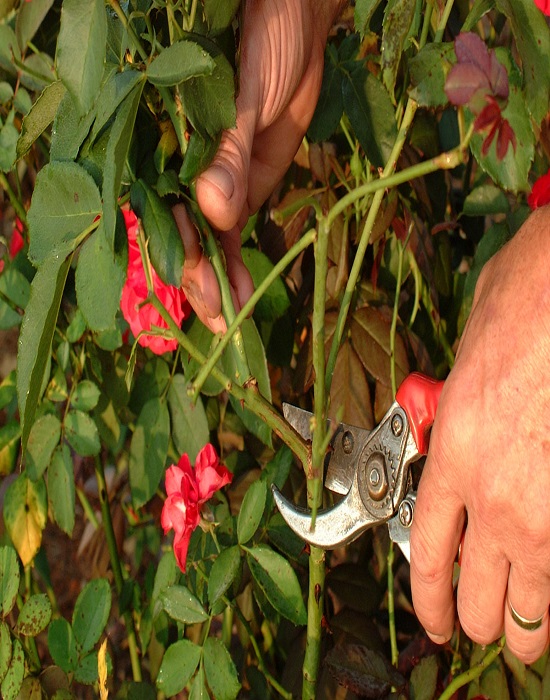
Pruning at the wrong time could be the primary cause of a lack of flowering in your plants. Pruning the plant too late in the season removes all of the buds that will produce flowers for the next year.
Before you begin snipping off healthy buds in advance, check for pruning instructions on your flowering plants.
8. Winter Damage
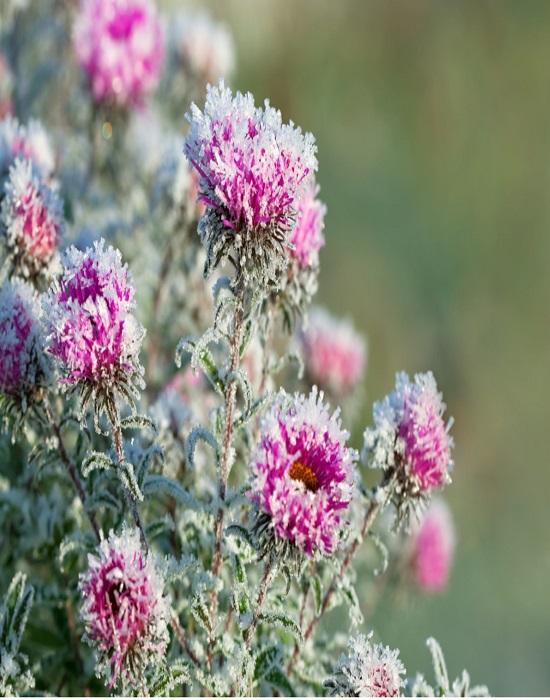
It’s common knowledge that snow acts as an insulator for plants, but icy winds can destroy buds.
Plants need a period of dormancy in order to produce buds. Temperatures that fall below freezing might damage buds, preventing the plant from blossoming in any way at all. The buds and plants will be protected from the cold if the plant is brought indoors. You can also grow plants like Christmas cactus, which will happily blossom indoors even during the coldest months of the year.
Give the plant all the warmth, protection, and care it needs during the tough winters so that it blooms perfectly in the spring!
9. Excessively Large Pot
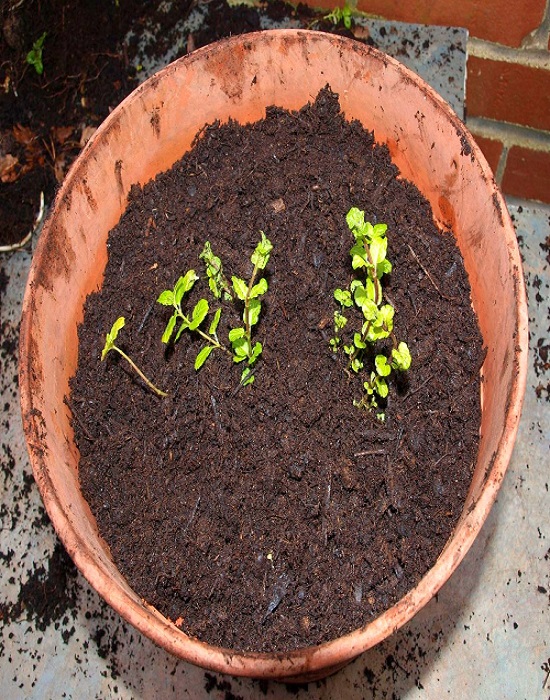
Flower pots that are too large mean that the plant has to spend more energy forming its roots, which means fewer blossoming. When planting annuals, the pot should always be one size larger than the plant’s root ball. This will ensure that your plant is able to produce blossoms at this time, rather than focusing on root growth!
10. Remove Suckers
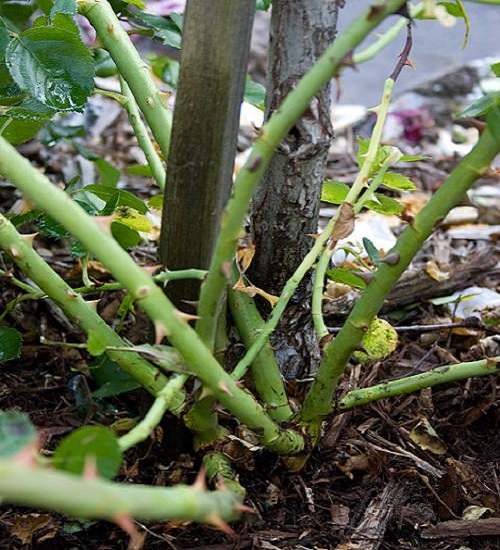
Suckers are new shoots that grow from the rootstock of a bush. In contrast to the main plant, they are thin and feature leaves and foliage that are slightly different.
You must use caution when cultivating grafted roses. If not removed in time, they will eventually replace the parent plant.
11. Not Deadheading

It’s best to remove deadheads (dead flowers) to keep the plants blooming. Simply snip off the old blossoms with pruning shears or your hands to encourage new ones to grow.
Snapdragon, Cosmos, Zinnia, Heliotrope, Dahlias, Marigold and Petunias are the best flowers to deadhead.
12. New vs Old Growth
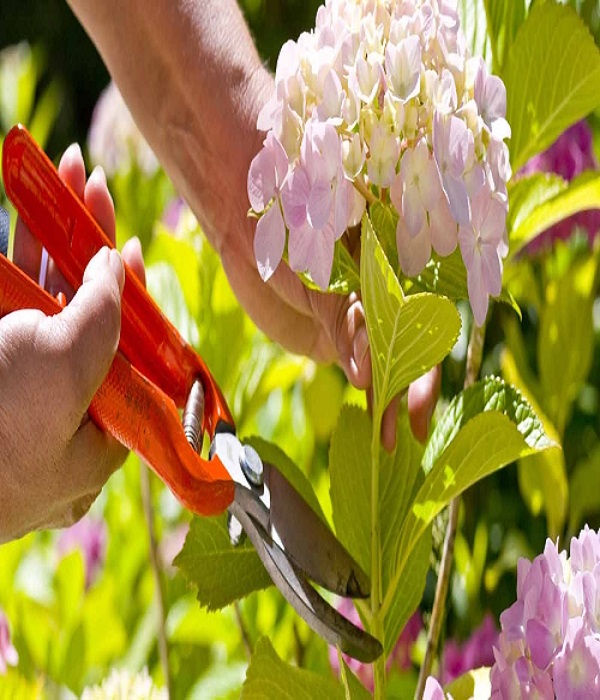
You must know the difference between new and old growth when pruning the plant. Pruning the old stems of flowers like forsythia, which grow from old wood, will eliminate the plant’s ability to bloom. Trim the plant after it blooms to remove any old wood.
Snipping away the young stems on some hydrangea and spirea species will prevent the plant from blooming. Pruning is most effective in the late winter or early spring when new growth is most active.

